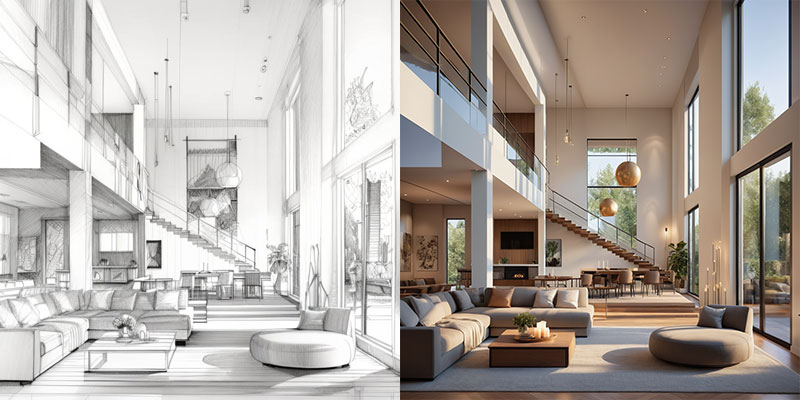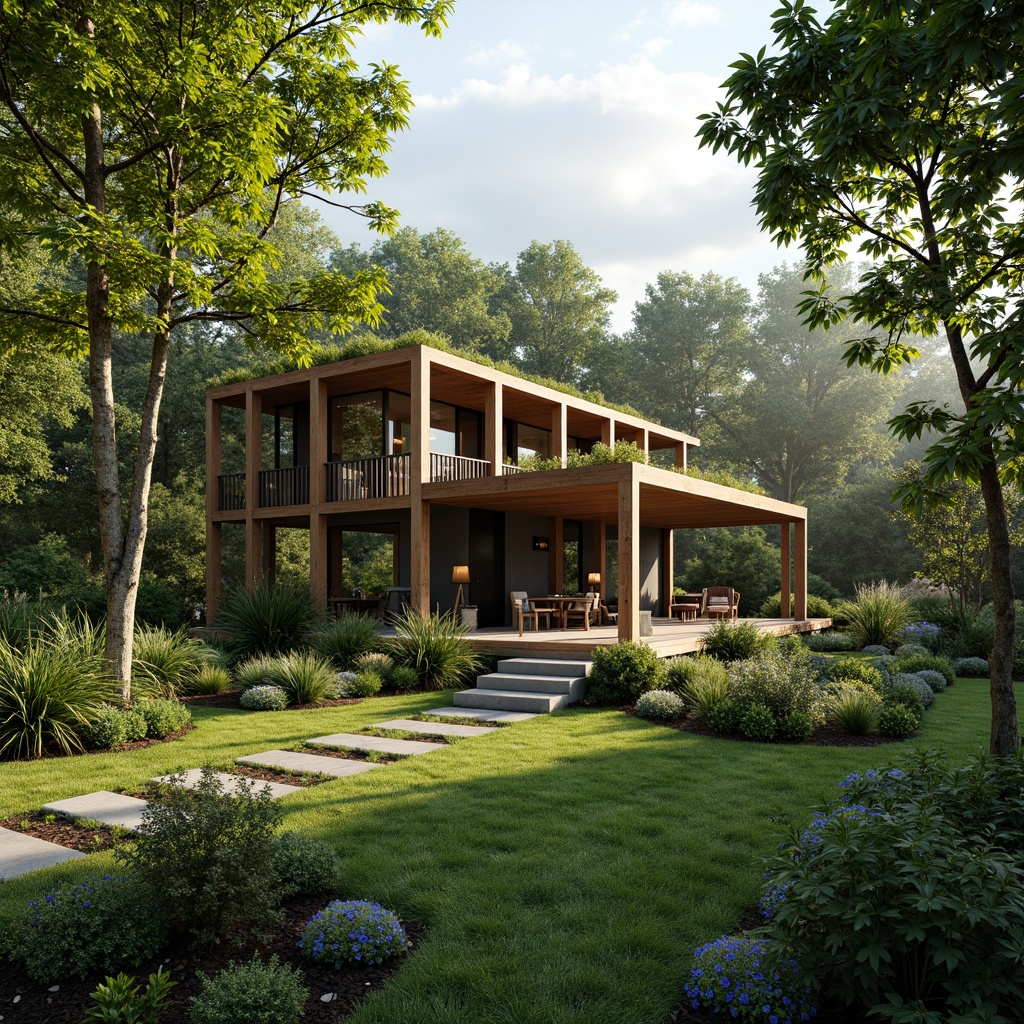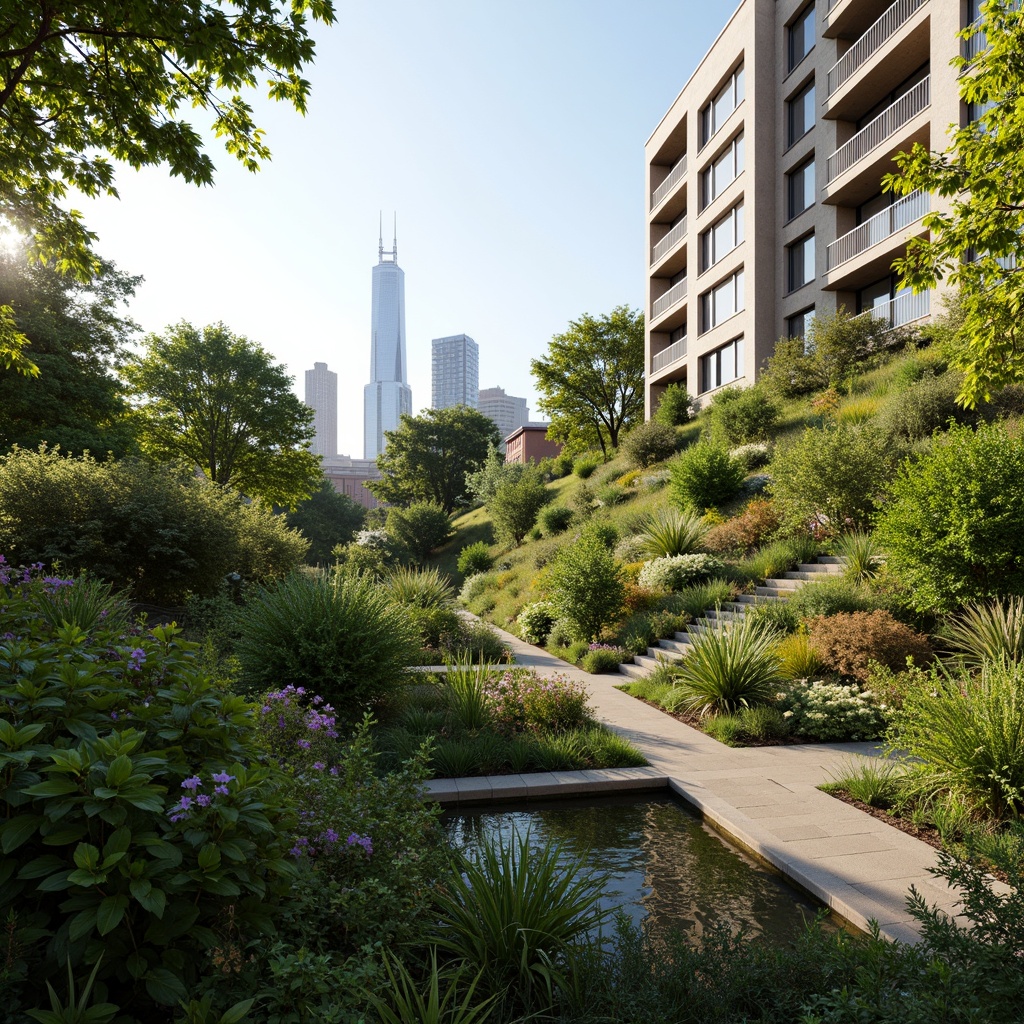Invite Friends and Get Free Coins for Both
Sustainable Architecture Design Ideas
Sustainable architecture represents a modern approach to building design that emphasizes environmental responsibility and resource efficiency. By utilizing eco-friendly materials, energy-efficient systems, and innovative designs, sustainable architecture creates harmonious living spaces that integrate seamlessly with nature. With a focus on maximizing natural light and enhancing landscaping, these design ideas will inspire you to create homes that are not only aesthetically pleasing but also environmentally sustainable.
Eco-Friendly Materials in Sustainable Houses Design
The use of eco-friendly materials is a cornerstone of sustainable architecture. These materials, such as reclaimed wood, recycled metal, and low-VOC paints, not only reduce the carbon footprint of the construction process but also contribute to healthier indoor environments. By selecting sustainable materials, homeowners can create beautiful spaces that reflect their commitment to environmental stewardship while ensuring durability and longevity in their homes.
Prompt: Natural surroundings, lush greenery, sustainable houses, eco-friendly materials, reclaimed wood, bamboo flooring, solar panels, green roofs, rainwater harvesting systems, organic gardens, composting areas, modern minimalist architecture, large windows, sliding glass doors, natural ventilation, passive cooling systems, recycled metal accents, low-VOC paints, FSC-certified wood, energy-efficient appliances, soft warm lighting, shallow depth of field, 3/4 composition, realistic textures, ambient occlusion.
Energy Efficiency in Modern Architecture
Energy efficiency is crucial in sustainable architecture and involves designing buildings that minimize energy consumption while maximizing comfort. This can be achieved through well-insulated walls, energy-efficient windows, and the incorporation of renewable energy sources like solar panels. By prioritizing energy efficiency, sustainable homes reduce utility costs and contribute to a lower environmental impact.
Maximizing Natural Light in Homes
Natural light plays a vital role in sustainable architecture, enhancing the ambiance of living spaces while reducing the need for artificial lighting. Architectural features such as large windows, skylights, and open floor plans are designed to harness sunlight, creating bright and inviting interiors. By maximizing natural light, homeowners can enjoy the benefits of reduced energy consumption and improved well-being.
Prompt: Spacious living room, floor-to-ceiling windows, sliding glass doors, minimal obstruction, reflective white walls, polished wooden floors, natural textiles, airy atmosphere, abundant daylight, soft warm glow, gentle shadows, 1/1 composition, shallow depth of field, realistic materials, ambient occlusion, cozy reading nooks, plush furnishings, vibrant greenery, blooming plants, serene outdoor views.
Landscaping for Sustainable Architecture
Landscaping is an essential aspect of sustainable architecture, as it helps to integrate buildings into their natural surroundings. Thoughtful landscaping can enhance biodiversity, manage stormwater, and provide outdoor spaces for relaxation and recreation. Incorporating native plants and sustainable gardening practices contributes to the overall sustainability of the property, creating a harmonious relationship between the built and natural environments.
Green Roofs: Innovative Sustainable Solutions
Green roofs are an innovative solution in sustainable architecture that involves growing vegetation on rooftops. They provide numerous benefits, including improved insulation, reduced urban heat, and enhanced biodiversity. Green roofs also contribute to stormwater management by absorbing rainwater, which helps to mitigate flooding and reduce the burden on drainage systems. Incorporating green roofs into architectural designs not only enhances the aesthetic appeal but also promotes environmental sustainability.
Prompt: Lush greenery, thriving plants, eco-friendly materials, modern architecture, sloping roofs, urban gardens, stormwater management systems, insulation benefits, reduced energy consumption, improved air quality, habitat creation, biodiversity conservation, natural scenery, sunny day, soft warm lighting, shallow depth of field, 3/4 composition, panoramic view, realistic textures, ambient occlusion.
Conclusion
In summary, sustainable architecture represents a transformative approach to building design that prioritizes eco-friendly materials, energy efficiency, and the seamless integration of nature. By implementing these design principles, homeowners can create beautiful, functional, and environmentally responsible spaces. Whether through maximizing natural light, thoughtful landscaping, or innovative features like green roofs, sustainable architecture offers a wealth of opportunities to create homes that are both stylish and sustainable.
Want to quickly try houses design?
Let PromeAI help you quickly implement your designs!
Get Started For Free
Other related design ideas










